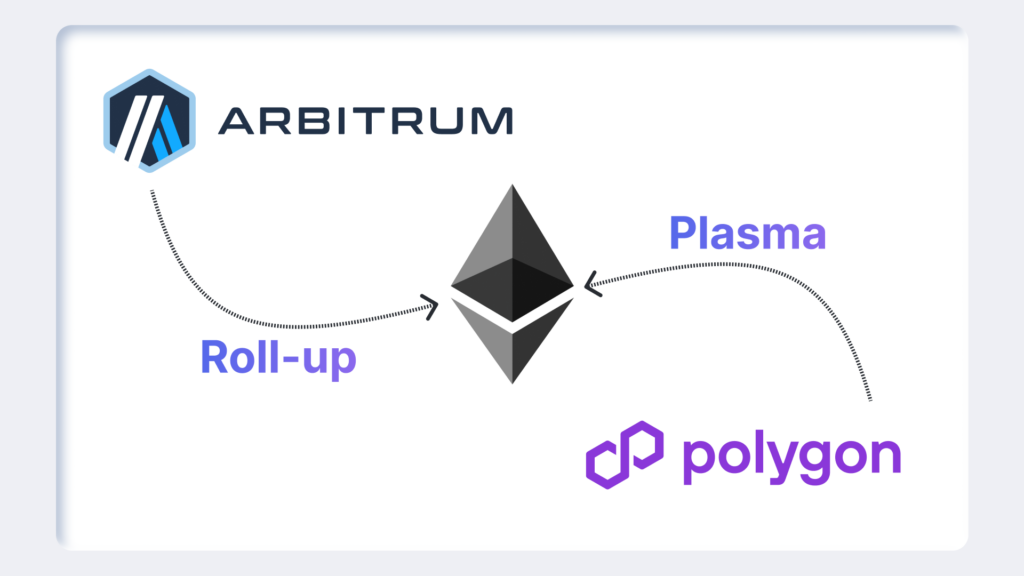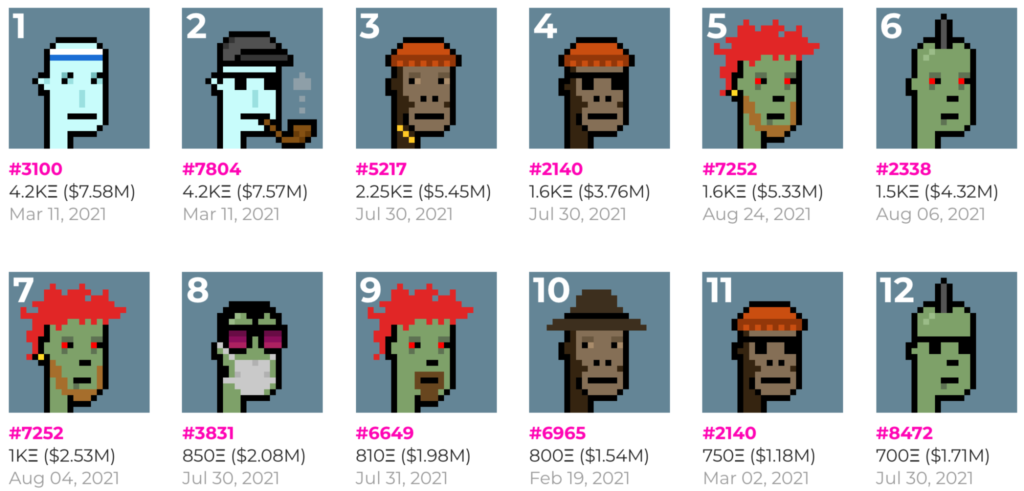A Bitcoin wallet holding 50 BTC, mined some 15 years ago, has suddenly sprung to life. Once valued at just $0.10 per coin, these holdings now translate to a staggering $5 million. The transaction, spotted by Bitcoin historian Pete Rizzo via a mempool.space screenshot, has reignited discussions about dormant wallets and their mysterious reactivations.
The sudden movement has led to rampant speculation in the crypto community, with some suggesting a link to Ross Ulbricht, the recently pardoned Silk Road founder. However, as always, attributing old Bitcoin transactions to specific individuals remains a guessing game unless a wallet address is publicly known.
“It’s fascinating that we can detect these transactions so easily, get some context, and yet, the full story will likely remain a mystery,” Reddit user itscashjb noted, capturing the intrigue surrounding such movements.
A High-Stakes Transaction with No Safety Net
The transaction utilized three key Bitcoin protocol features:
- SegWit (Segregated Witness) for improved scalability
- Taproot for enhanced privacy and smart contracts
- RBF (Replace-By-Fee) for fee flexibility
While these features reflect an understanding of modern Bitcoin infrastructure, the move still raised eyebrows. One Redditor questioned the lack of a test transaction, saying, “No test transaction? Insane.” Typically, Bitcoin users transferring large amounts conduct a smaller test transfer first to ensure accuracy—especially when dealing with such a significant sum.
Quantum Computing and Early Bitcoin Vulnerabilities
Messari co-founder Dan Robustus pointed out an interesting detail: the transaction originated from a Pay-to-Public-Key (p2pk) output—a format common in Bitcoin’s early days but now considered risky.
P2PK addresses expose the public key directly on the blockchain, making them susceptible to future quantum attacks that could theoretically derive private keys using Shor’s algorithm. The timing of this movement aligns with renewed concerns about quantum computing’s potential to break Bitcoin encryption, especially after Google’s recent Willow chip announcement.
The Evolution of Bitcoin Since 2009
This wallet’s activity serves as a reminder of how drastically Bitcoin has evolved. A Redditor, OneSmallStepForLambo, reflected on the early mining days, stating, “That was back when Bitcoin’s whitepaper concept of ‘one-CPU-one-vote’ was in practice. Every user was a miner.”
Fifteen years ago, mining Bitcoin required nothing more than a regular computer processor. Today, industrial-grade mining farms dominate the network, making the landscape unrecognizable compared to Bitcoin’s infancy.
The Challenge of Cashing Out
For early Bitcoin holders, moving funds is one thing—but converting them to fiat without drawing attention is another challenge entirely. Transactions of this magnitude often attract scrutiny, particularly from blockchain analysts tracking the so-called ‘Ancient Supply’—Bitcoin mined, moved, or purchased over nine years ago.
This latest wallet activation adds to a growing trend of old BTC addresses coming back to life, but the sophisticated technical approach used in this case sets it apart from typical dormant wallet movements. Whether this transaction is a simple security measure, a precursor to liquidation, or something else entirely remains unknown.
One thing is certain: Bitcoin’s past continues to leave its mark on the present, adding yet another chapter to its ever-evolving story.


